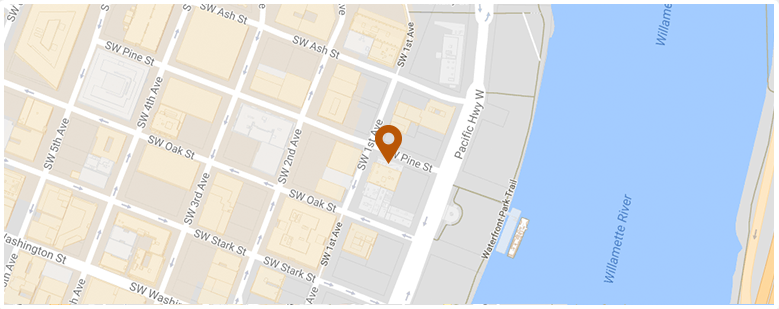Roughly halfway between Portland and Boise is the steepest highway grade in all of Oregon. The area is so challenging to travel that the Oregon Department of Transport published an advisory sheet specifically dedicated to educating semi truckers about safely handling the dangerous stretch of Interstate 84. Known as Emigrant Hill (but often better known as Cabbage Hill), it has been the site of countless serious and fatal accidents in recent years. Too many of these accidents occur because a driver (or drivers) did not navigate the road with the degree of care the law demands. When that is the case, those injured (or the families of those killed) may be entitled to seek justice through civil action. If you have endured serious harm (or lost a loved one) in a Cabbage Hill crash, you owe it to yourself to consult an experienced Oregon auto accident lawyer about your rights and your legal options.
In June, Cabbage Hill was the site of yet another fatal accident. The driver of a pickup truck collided with the rear end of a semi-truck on westbound I-84 as they descended the hill’s steep grade. According to the Eugene Daily News, the semi was traveling very slowly and had its hazard lights on when the pickup crashed into its back end. The rear driver, a woman from Irrigon, died in the collision.
The facts that the news reported seem to point towards errant driving by the deceased woman, but the facts in this news report inevitably are not the only ones. For example, evidence that a big rig’s hazard lights were not functioning properly could alter the analysis of responsibility for the crash.
 Oregon Injury Lawyer Blog
Oregon Injury Lawyer Blog


